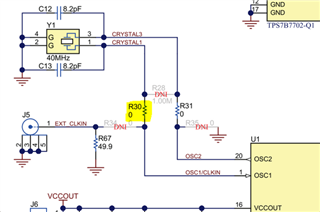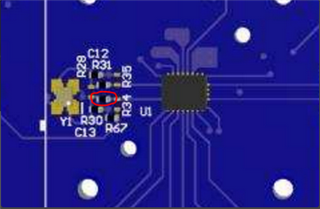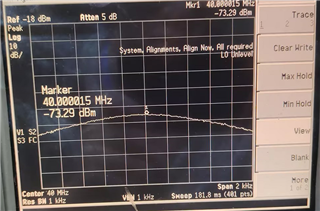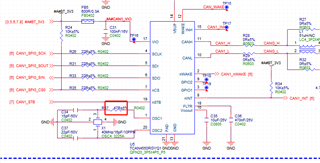Other Parts Discussed in Thread: TCAN4550-Q1, TCAN4550
Hi Expert,
My customer is using TCAN4550-q1 in their projects.
When customer do the high and low temperature cycle test, they found that:
- TCAN4550 has no response. INT is high and SPI has no data.
- The frame caught on the main line is normal. You can refer to the attached.https://e2e.ti.com/cfs-file/__key/communityserver-discussions-components-files/138/CAN-Log9_2D00_14_2D00_2023-11_2D00_11_2D00_03-am.asc
- When we read the register, LEX=2, EP=1, EW=1
- TCAN4550 cannot recover, but when customer redo the initial process, the TCAN work in normal
Would you mind helping me to identify the reason and solution?
Kind Regards
Imelda





